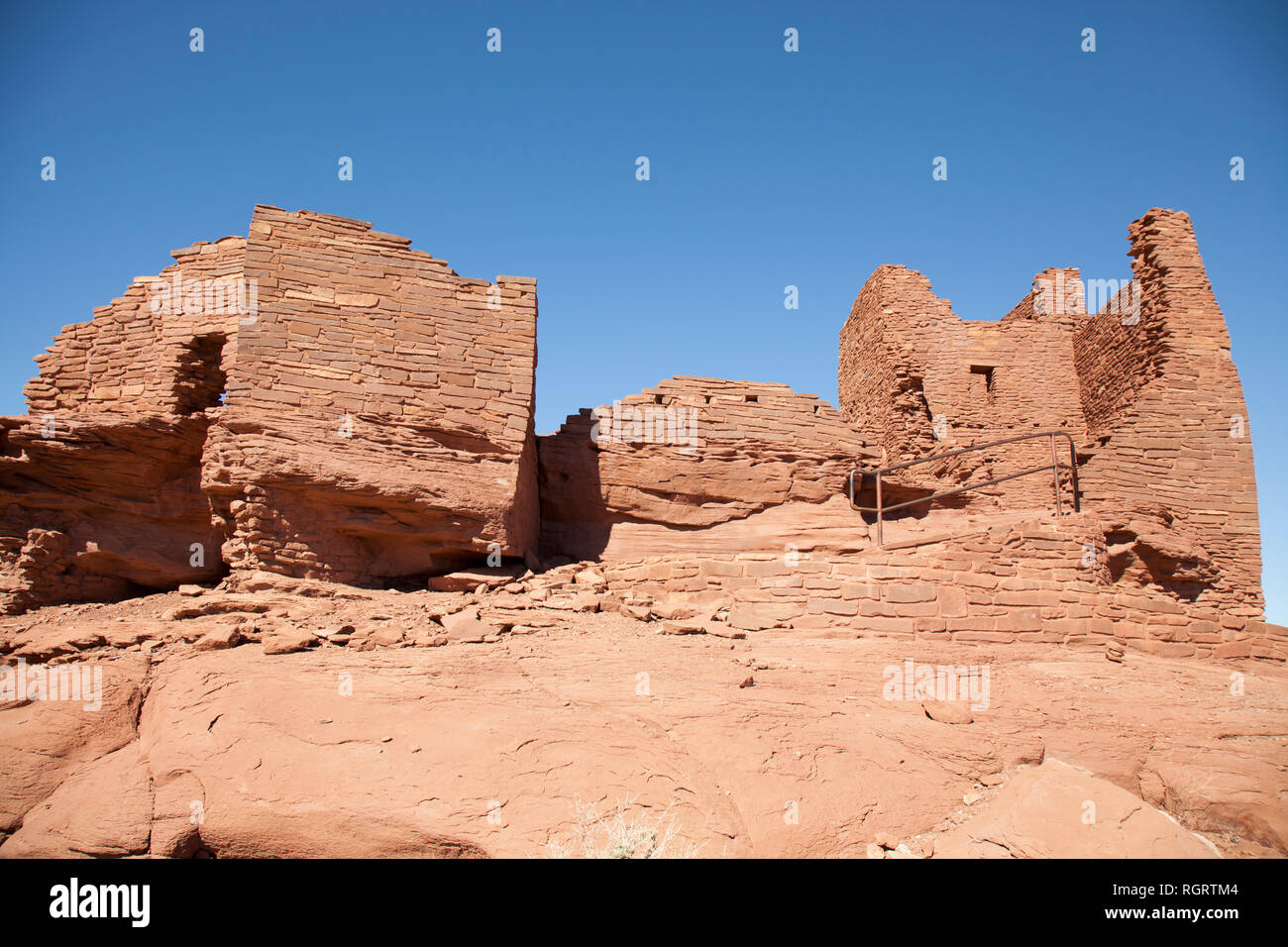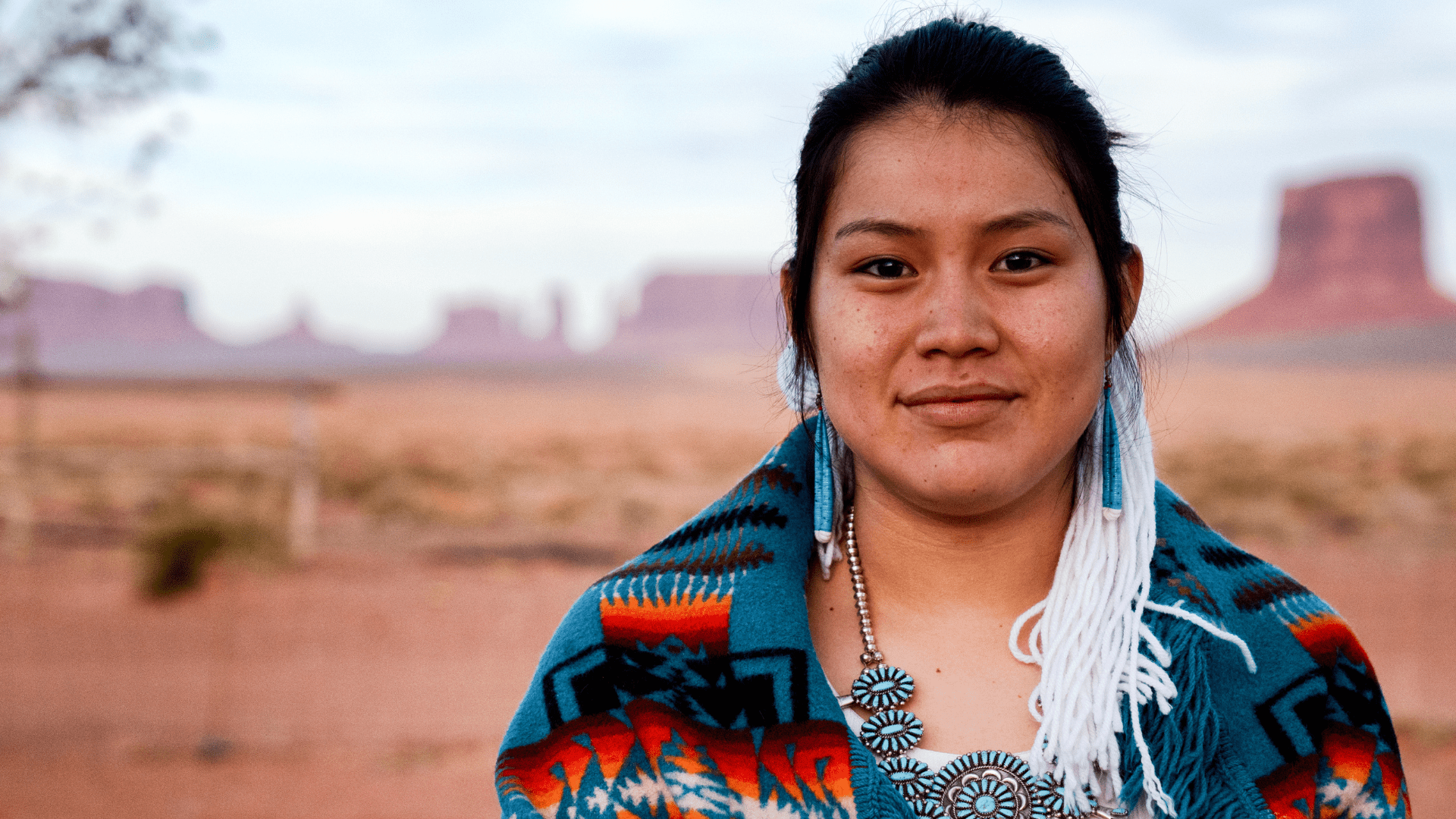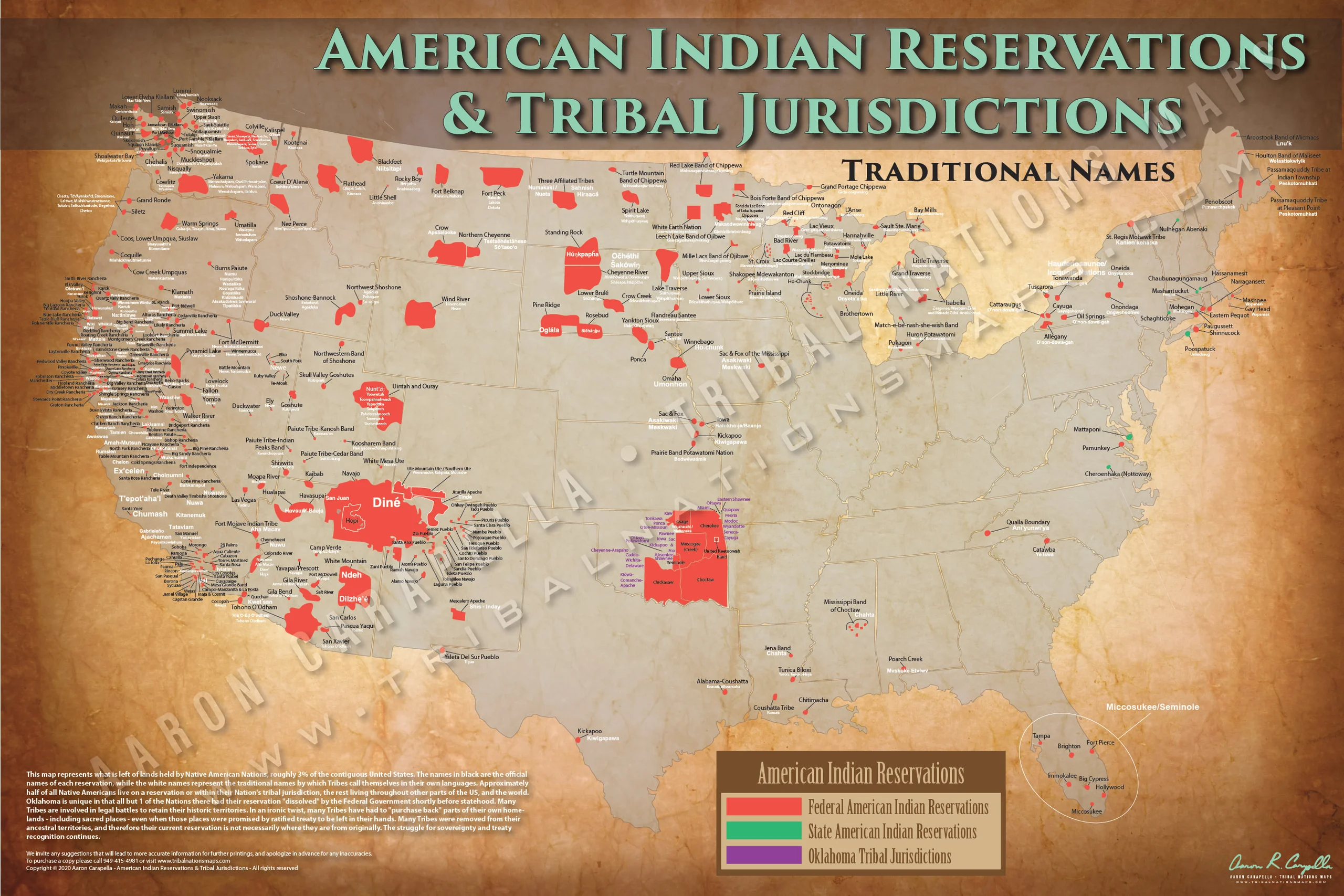Flagstaff’s Hidden Gems: Exploring the Rich Culture of Native American Reservations
Flagstaff’s Hidden Gems: Exploring the Rich Culture of Native American Reservations

Flagstaff, Arizona, is known for its breathtaking scenery, vibrant arts scene, and proximity to the Grand Canyon. But tucked away amidst the towering pines and red rock formations are the lands of the Hopi and Navajo Nations, offering a glimpse into a vibrant, ancient culture that’s often overlooked.
These reservations, while geographically close to Flagstaff, are worlds unto themselves. They’re home to a rich tapestry of history, tradition, and breathtaking natural beauty, waiting to be explored by those who are willing to step outside the usual tourist traps.
Related Articles: Flagstaff’s Hidden Gems: Exploring the Rich Culture of Native American Reservations
- California’s Hidden Worlds: A Journey Through Native Reservations
- Unveiling Montana's Largest Native American Tribe: Discoveries and Insights
- Wyoming’s Hidden Gems: Exploring The State’s Indian Reservations
- Unveiling The Tapestry: A Guide To Understanding Native American Tribes Across The United States
- Unveiling the Historic Abode of the Potawatomi in Indiana
A Journey Back in Time: The Hopi Reservation
The Hopi Reservation, nestled on the high desert plains east of Flagstaff, is a land steeped in tradition. For centuries, the Hopi people have lived here, preserving their ancestral ways and holding onto their unique cultural identity.
Their story is one of resilience, adaptation, and a deep connection to the land. They’ve lived in harmony with the desert environment, farming the land and crafting intricate pottery, jewelry, and kachina dolls, each piece imbued with their deep spiritual beliefs.
What to Experience:
- Hopi Villages: Visiting a Hopi village is a truly humbling experience. You’ll be welcomed by the warmth of the Hopi people and their dedication to sharing their culture. You can witness traditional dances, hear stories passed down through generations, and learn about their unique language and beliefs. Remember, it’s important to be respectful and mindful of the sacred nature of these villages.
- Hopi Cultural Center: Located in Second Mesa, the Cultural Center is a great place to learn about Hopi history, art, and traditions. You’ll find exhibits showcasing their incredible pottery, weaving, and jewelry, along with informative displays about their rich cultural heritage.
- Hopi Marketplace: If you’re looking for authentic Hopi crafts, the Hopi Marketplace is the place to be. You’ll find a wide selection of pottery, jewelry, and other traditional crafts, all made by local Hopi artisans.
- Hiking and Exploring: The Hopi Reservation is home to a variety of hiking trails, offering stunning views of the surrounding desert landscape. Keep in mind that these trails are often rugged and require some experience.

The Navajo Nation: A Vast and Stunning Landscape
The Navajo Nation, the largest Native American reservation in the United States, stretches across a vast area of northern Arizona, New Mexico, and Utah. It’s a land of towering red rock formations, deep canyons, and expansive mesas, a landscape that’s as breathtaking as it is humbling.
The Navajo people, known for their resilience and strong connection to the land, have lived here for centuries. They’ve developed a unique culture, rich in tradition, art, and storytelling, and they’ve maintained a strong sense of community and self-governance.

What to Experience:
- Monument Valley: This iconic landscape, often featured in movies and TV shows, is a must-see for any visitor to the Navajo Nation. The towering sandstone buttes and mesas offer breathtaking views and a glimpse into the Navajo people’s connection to the land.
- Canyon de Chelly National Monument: This dramatic canyon, carved by the Chinle Creek, is home to ancient cliff dwellings, dating back to the 1300s. It’s a place of incredible beauty and historical significance, offering a glimpse into the lives of the ancient Anasazi people.
- Navajo Nation Museum: Located in Window Rock, Arizona, the Museum showcases the history, culture, and art of the Navajo people. You’ll find exhibits on their traditional weaving, jewelry, pottery, and storytelling, as well as information about their unique language and beliefs.
- Navajo Code Talkers Memorial: Located in Window Rock, this memorial honors the brave Navajo Code Talkers who served in World War II. Their use of their native language to create an unbreakable code was a crucial factor in the Allied victory.

Beyond the Tourist Trail: A Deeper Understanding
Visiting these reservations isn’t just about ticking off tourist attractions; it’s about understanding the rich cultural heritage of the Hopi and Navajo people. It’s about appreciating their resilience, their connection to the land, and their dedication to preserving their traditions.
Tips for Respectful Travel:
- Seek Permission: Before visiting any Hopi or Navajo village, it’s crucial to obtain permission from the tribal authorities. Respect their customs and traditions, and be mindful of their sacred sites.
- Support Local Businesses: When visiting the reservations, make an effort to support local businesses, such as craft shops, restaurants, and tour operators. This helps to contribute to the economic well-being of the community.
- Be Sensitive to Cultural Differences: Remember that you’re entering a different world with its own customs and traditions. Be respectful of the Hopi and Navajo people, their culture, and their way of life.
- Learn About the History: Take the time to learn about the history of the Hopi and Navajo people, their struggles, and their triumphs. This will help you to better understand their present and appreciate their culture.
More than Just a Vacation: A Cultural Immersion
Visiting the Hopi and Navajo reservations is more than just a vacation; it’s a cultural immersion. It’s an opportunity to learn about a rich and ancient culture, to connect with the land, and to appreciate the resilience of the Hopi and Navajo people. It’s a chance to step outside your comfort zone, expand your horizons, and gain a deeper understanding of the world around you.
FAQ about Native American Reservations in Flagstaff
Q: Are the reservations open to the public?
A: Yes, both the Hopi and Navajo reservations are open to the public, but it’s important to obtain permission before visiting any villages or sacred sites.
Q: What are the best times to visit the reservations?
A: The best times to visit the reservations are during the spring and fall when the weather is mild. Summer can be very hot, while winter can be cold and snowy.
Q: What should I wear to the reservations?
A: Dress modestly and respectfully, especially when visiting villages or sacred sites. Avoid wearing revealing clothing or anything that might be considered offensive.
Q: What are the costs associated with visiting the reservations?
A: There are costs associated with visiting the reservations, including entrance fees, tour fees, and the cost of lodging and meals. It’s a good idea to research these costs in advance.
Q: What are some of the best places to stay near the reservations?
A: There are a variety of hotels, motels, and campgrounds located near the reservations. It’s a good idea to book your accommodations in advance, especially during peak season.
Q: What are some of the best places to eat near the reservations?
A: There are several restaurants located near the reservations, offering a variety of cuisines, including Native American dishes. You can also find local markets and grocery stores where you can purchase food and snacks.
Q: What are some of the best things to do near the reservations?
A: In addition to visiting the reservations themselves, there are a variety of other things to do in the area, including hiking, camping, fishing, and exploring the surrounding national parks and monuments.
Beyond the Tourist Trail: A Legacy of Resilience
The Hopi and Navajo reservations are more than just destinations; they’re living testaments to a rich and enduring culture. They offer a glimpse into a way of life that has survived for centuries, a culture that is both ancient and vibrant. So, the next time you’re in Flagstaff, take the time to explore these hidden gems. You might just discover a new appreciation for the history, culture, and resilience of the Native American people.

Closure
Thus, we hope this article has provided valuable insights into Flagstaff’s Hidden Gems: Exploring the Rich Culture of Native American Reservations. We thank you for taking the time to read this article. See you in our next article!

